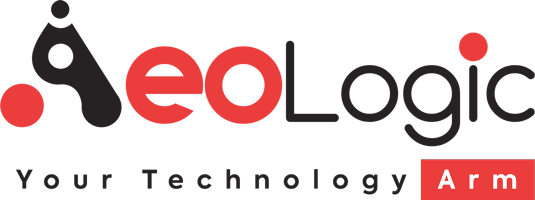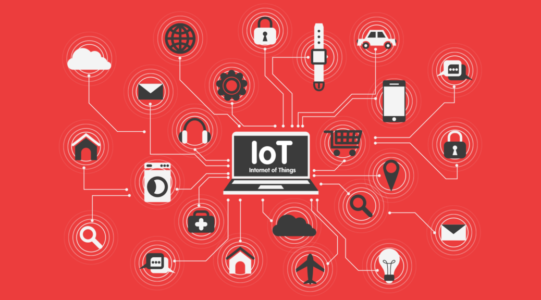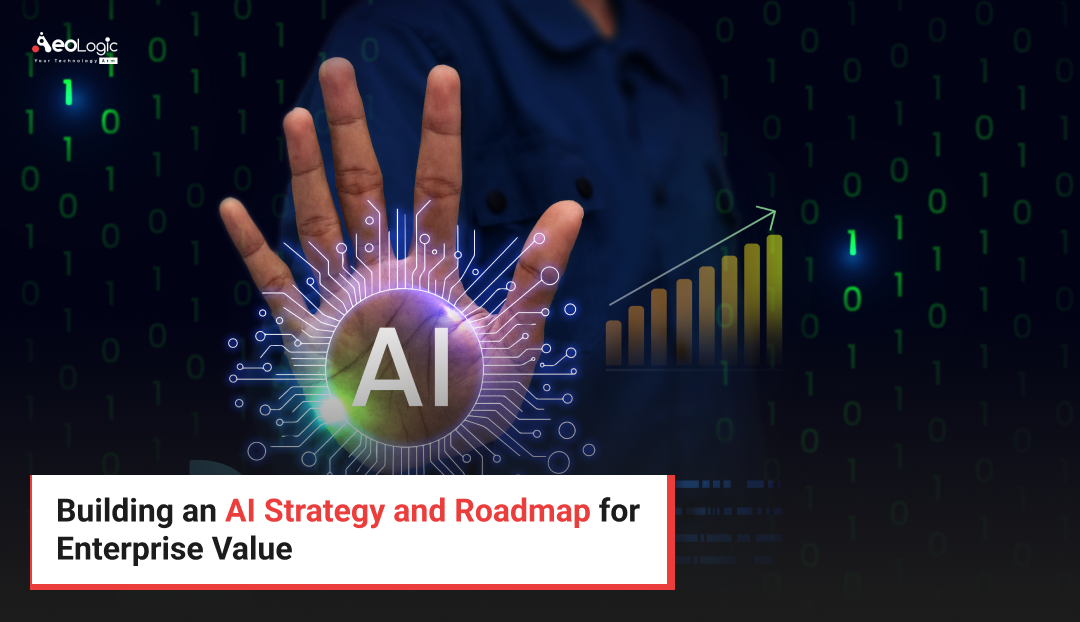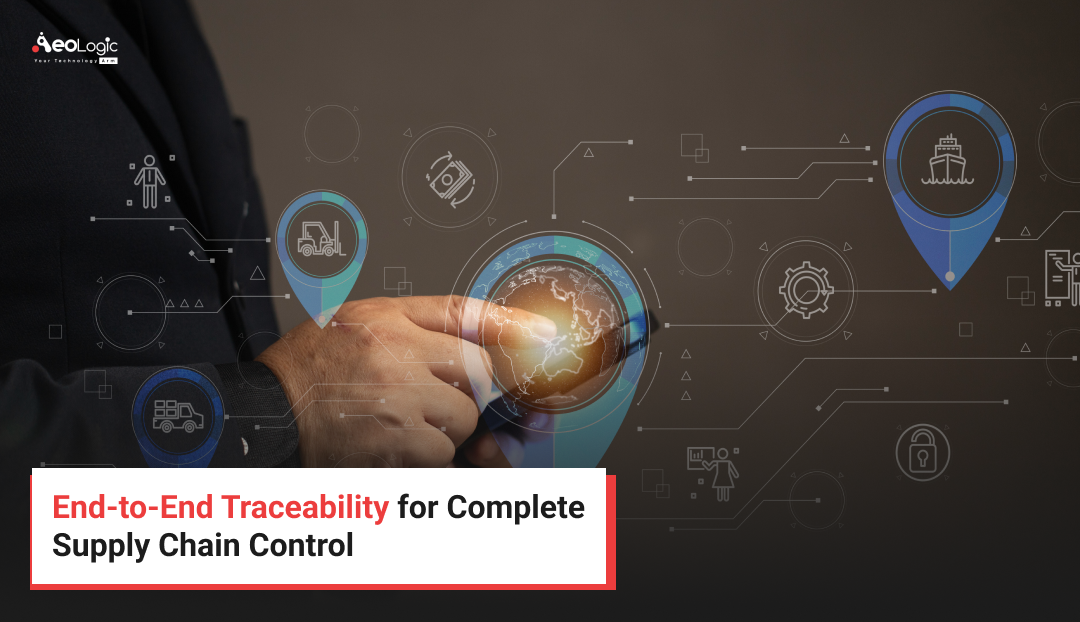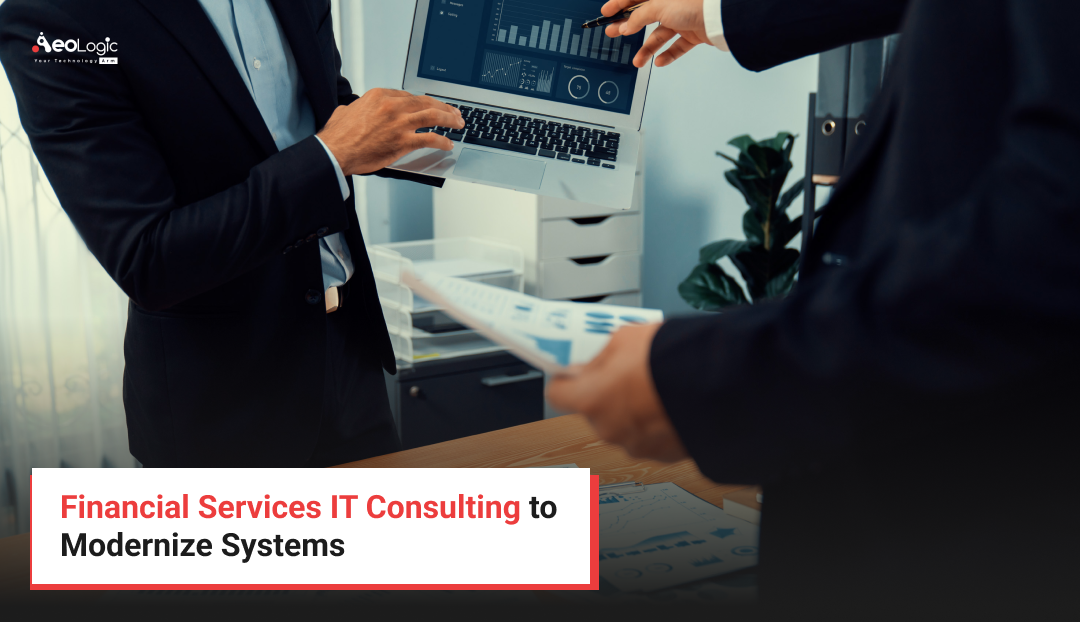IoT is one of the most emerging technologies which is trying to revolutionize the world. This is not a small thing. IoT is empowering the computers so that they can hear, smell, see the world for themselves. In today’s world computers are mostly relying on humans for the information.
What is IoT
IoT is the network of physical objects that contain embedded technology to communicate and sense or interact with their internal states or the external environment. So, in simple terms anything can be connected to the internet world and this is called Internet of Things (IoT).
We have a huge amount of data on the internet almost around 50 petabytes which were first uploaded by humans by typing, recording, digital pictures, and many other things. Think about it if we had a computer which is able to type, record, take digital pictures and do every possible thing a human can do without any help from humans. So IoT is so powerful in today’s world to do all the things that a human can do like driving a car, treatment of any diseases in hospitals and many things.
Now let’s simplify this term and know more about the fundamentals of IoT.
Daily life example to solve your problem “A smart Refrigerator”.
Imagine a situation if you have a baby at your home and he/she use to drink milk every night before sleeping and unfortunately, it is not available or imagines you want to cook some food but vegetables are not available in refrigerators. In that situation, you must have wished that someone would have informed you about the milk or vegetables and you had bought them before. But now you don’t have to worry about these things because this is possible with IoT (Smart Refrigerator) now which not only notify you about the consumed item or non-availability of any item in the fridge but can also order them online before they run out.
Isn’t it so interesting? Yes, it is and it will solve many problems and make you free for doing all these things manually.
Hope so while reading this you all want to know the name of such a great person who invented this which is solving our day-to-day problem in real life without our involvement.
Essential Architecture of IoT?
The basic architecture of IoT required the following things:
- Sensing
- Computing
- Actuation
- Communication
Let’s take a brief knowledge about these terms:
- Sensing: In IoT sensing is the most important and first step in IoT workflow. Sensing is done by sensor devices that are able to detect/measure the physical changes in real life environment like temperature, humidity, pressure, and so on and transform them into an electrical signal.
We have a wide range of sensors which can measure almost all physical properties in a real-life environment. Few commonly used sensors are thermometers, pressure sensors, light sensors, accelerometers, gyroscopes, motion sensors, gas sensors and many more.
- Computing: In IoT computing is used to perform any action based on inputs given by the sensors from real life environment to the actuators to act on it. Computing is a computer device which is used to manage and process information, and to communicate between two or more devices with each other.
In IoT, a microcontroller is called a computer. Commonly known microcontrollers used in building IoT are Arduino Uno, Raspberry Pi and many more.
We can say microcontrollers which are the computing part of an IoT solution is used as a brain, we program according to our need and deploy it into the microcontroller. So, when any microcontroller receives any information from any sensor it takes certain action as programmed and takes some action based on that if required.
Example: We have a sensor which is able to sense and send room temperature after every 5 min to microcontroller, and we have programmed our microcontroller to switch off the AC when the temperature reaches below 22 degree Celsius and Switch on the AC when it reaches above 30 degree Celsius and also to send a notification on our mobile phone.
So our microcontroller is responsible to take the decision based on the inputs from the sensors/devices.
- Actuation: An actuator is a mechanism for turning energy into motion. Actuators work just opposite to sensors, as sensor take physical action into electrical signal and actuator take the electrical signal to perform any physical activity.
Like if the temperature reaches above 30-degree microcontroller will send a command to actuators to switch on the AC in the form of electrical signal then now actuator will act on the signal in the form of physical activity and he will switch on the AC.
In simple words, we can say “actuators are those which acts based on sensors input”.
- Communication: Communication is a process to transfer data from one place to another place with the help of any physical link (Wired or Wireless) to carry data. Here data is represented as a voltage, light, RF signals on medium.
We Have 2 Types of Communication
a. Wired Communication: Wired communication is a process of transferring data using a wire. Coaxial cables and twisted pair cables are commonly used wired medium. And optical fiber is used for better speed and larger bandwidth.
b. Wireless Communication: It refers to the transmission of data in the form of RF signal without wires or cables. Bluetooth, WiFi, Zigbee are commonly used wireless medium. Selection criteria of this medium are based on the range, speed, and power consumption.
Application Domain
- Smart Home: Smart home is a home in which devices are able to communicate with each other as well as with the outside environment to take action based on that by their own which increase security, reduce energy and remind the owner of unavailability or presence of anything.
- Smart Car: A smart car is a car which is able to drive the car without any driver. It can do many more almost everything which a human can like it will park the car automatically, it will take you to the nearest petrol pump before we get out of petrol in our car and many more.
- Wearables: Wearables are the most used IoT products which are in trend nowadays. These devices broadly cover the fitness, health and entertainment requirements. Wearable applications have to be highly energy efficient or ultra-low power and small in size. Example: Smartwatches, Fit bands, etc.
- Smart Cities: Cities around the world are getting smarter every day through the implementation of the Internet of Things (IoT) devices. Which includes Street and traffic lights management, Transportation management, Air quality management, Crime control, Energy usage and distribution, Traffic flow, Pedestrian and bicycle needs.
- Healthcare: IoT is transforming the healthcare industry which is supposed to be highly boosted with the advent of the internet of things applications. We can monitor patients health using wearable and send a notification to the doctor in case of an emergency, Charts and diagram visualization based on data collected from health monitoring devices.
- Agriculture: A system is built for monitoring the crop field with the help of sensors (humidity, temperature, soil moisture, etc.) and automating the irrigation system. Using IoT the farmers can monitor the field conditions from anywhere and can regulate farming.
IoT Advantages
- Real-time and very efficient.
- Low-cost production and resources, which can even replace many human resources with a single solution.
- Time-saving to monitor info. and take a particular action.
- Wireless communication with the device helps us to manage everything if you are miles apart in real-time.
IoT Disadvantages
- Humans are getting too much dependent on technology which can affect social life.
- The security issue is the major disadvantage as everything is connected over the internet which can cause various type of network attacks.
- The need for human resources is decreasing as everything is automated.
- The complexity level is high to develop a high-level end to end solution.
